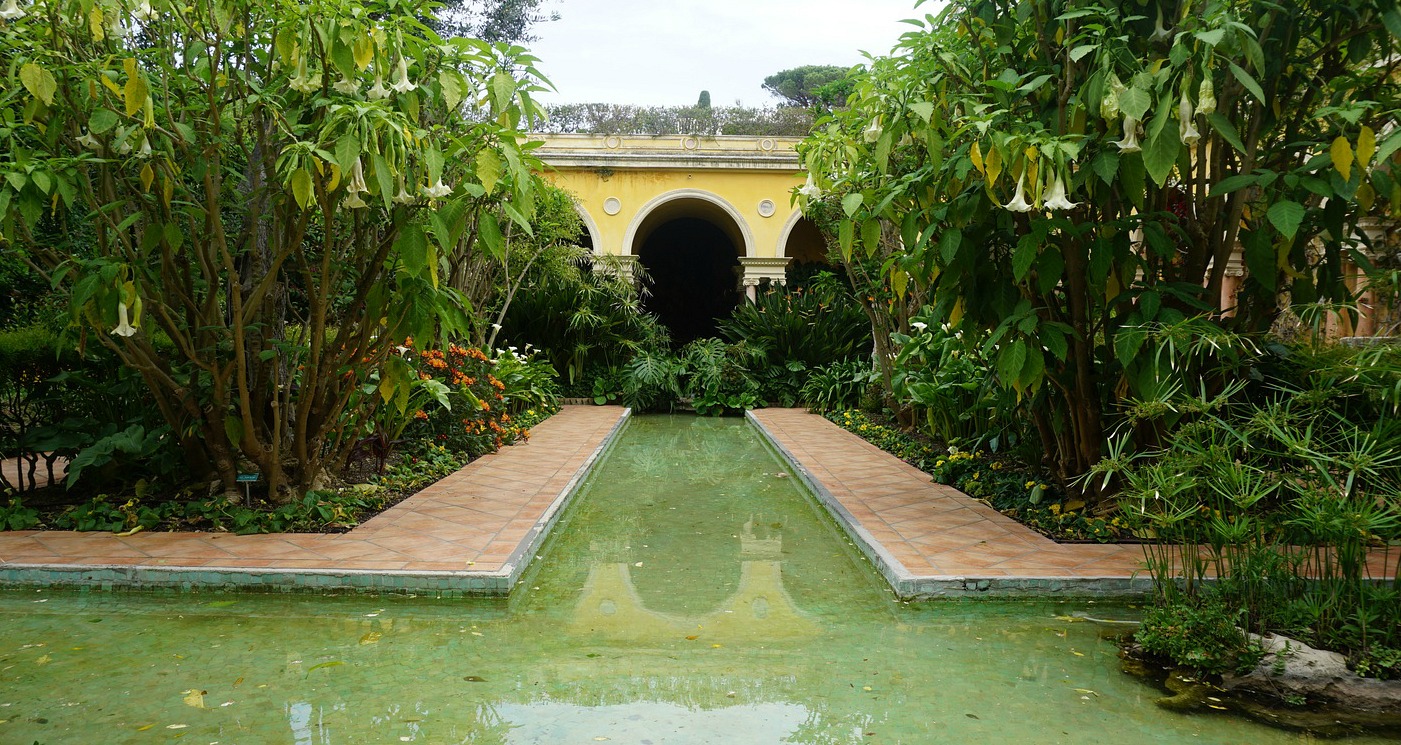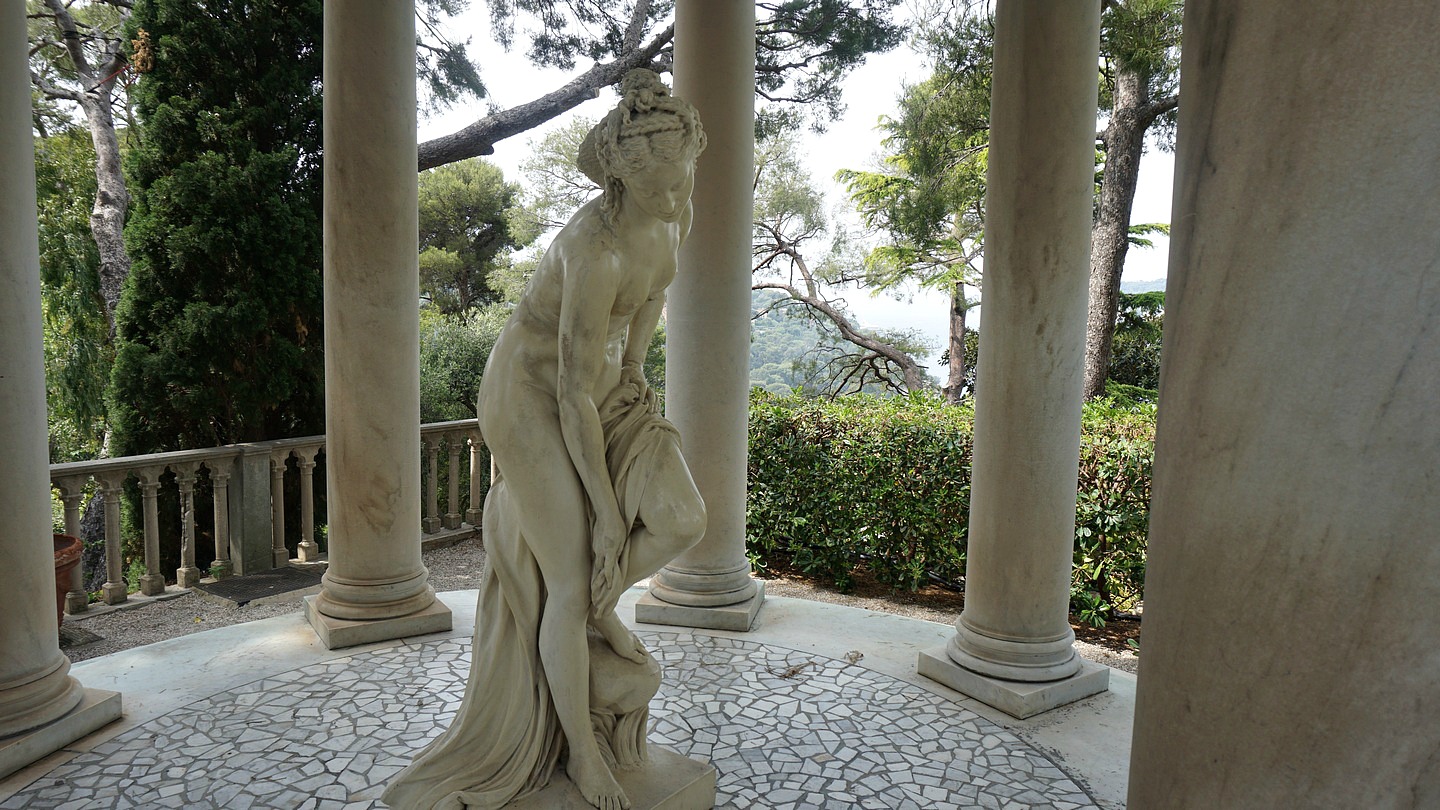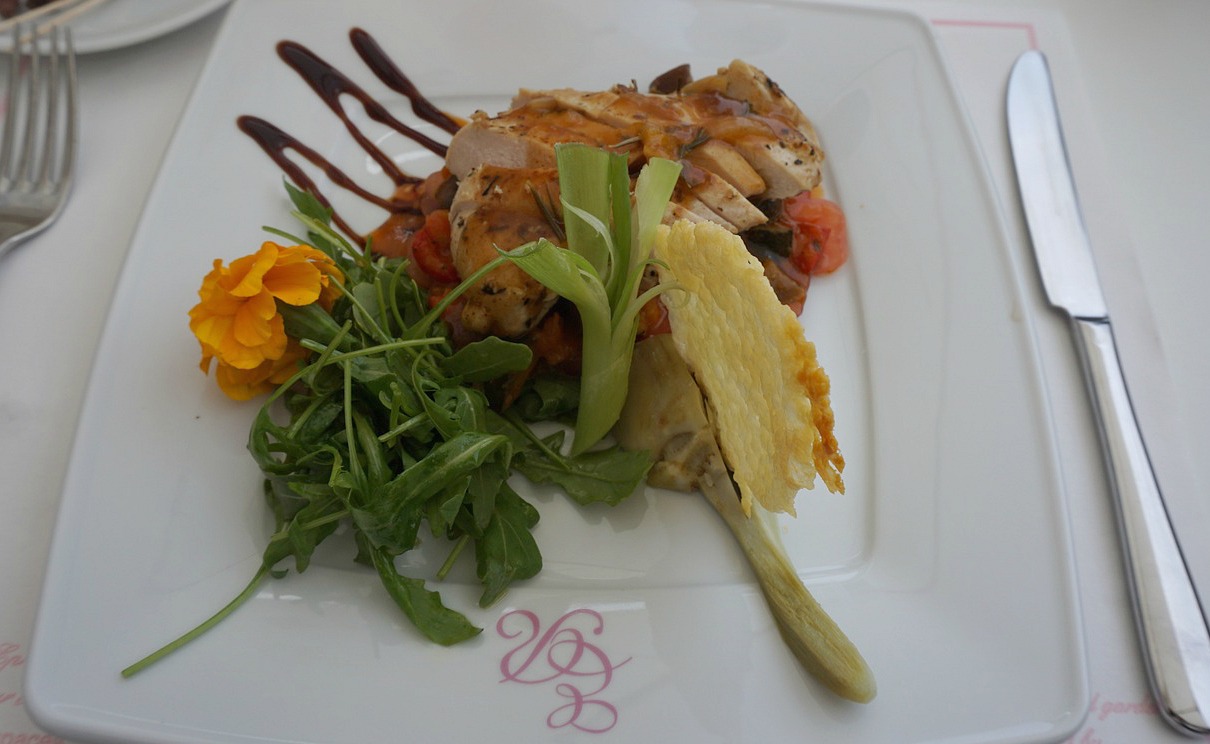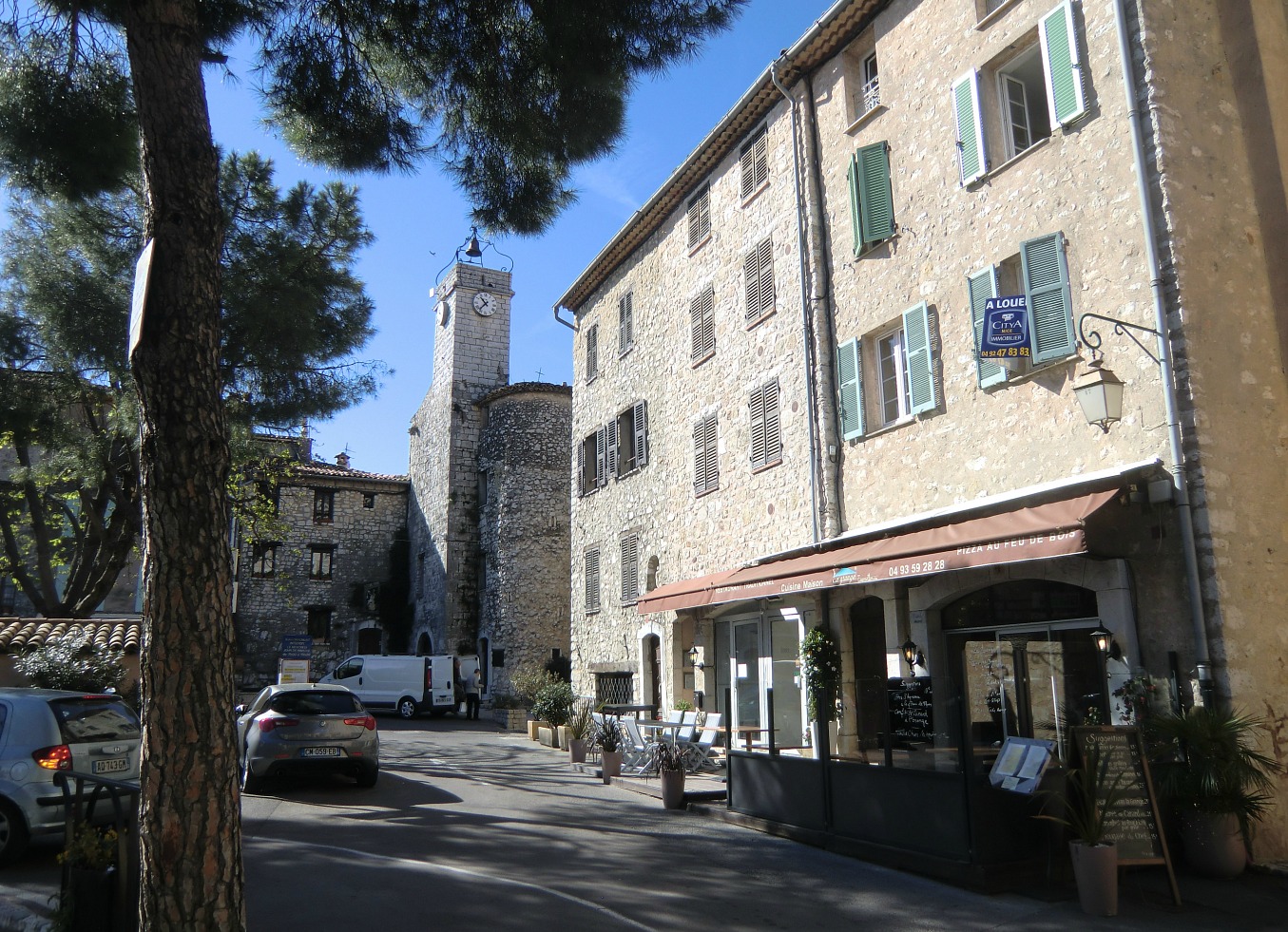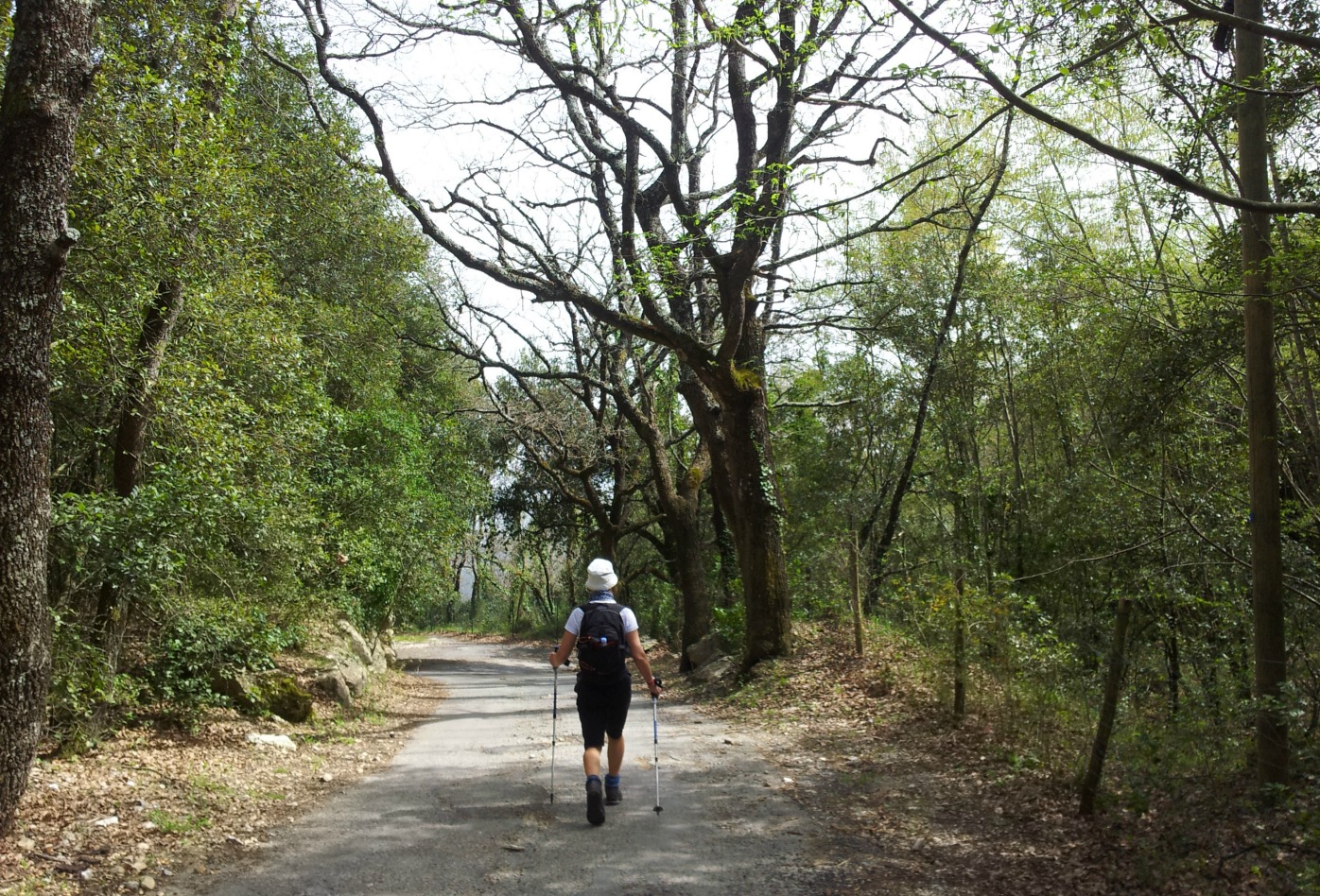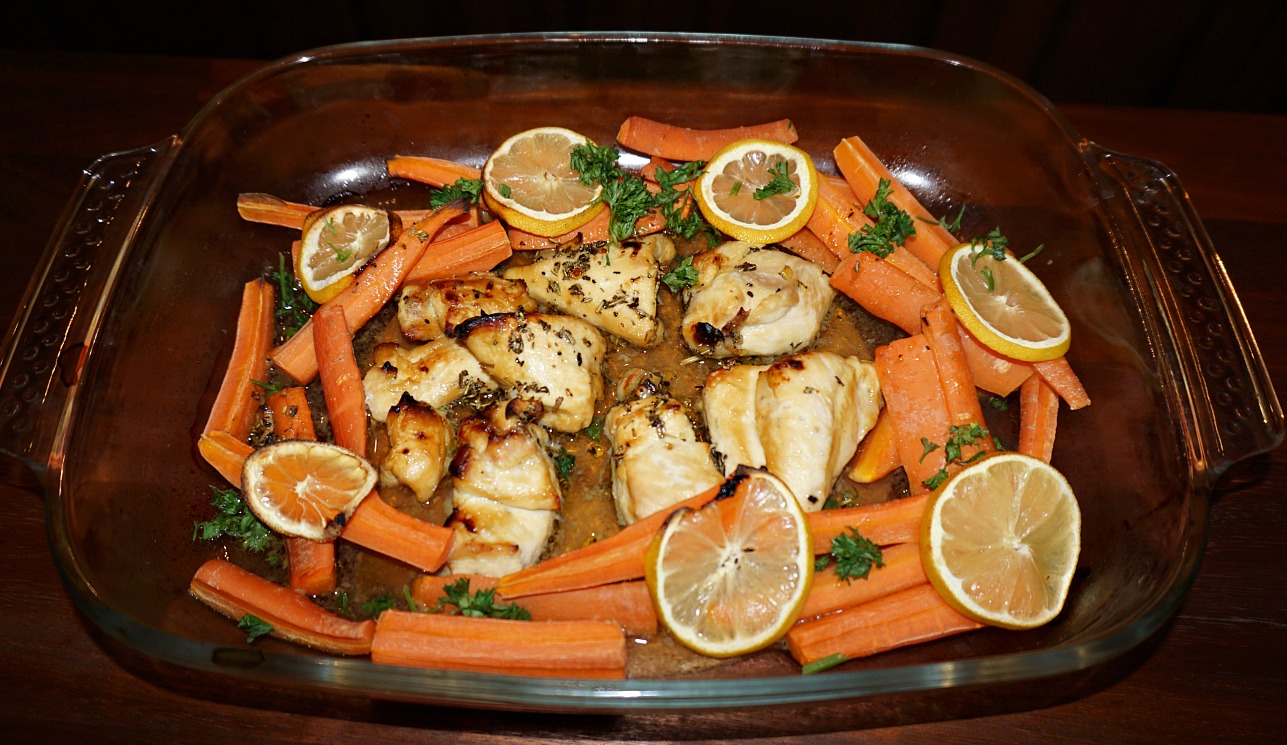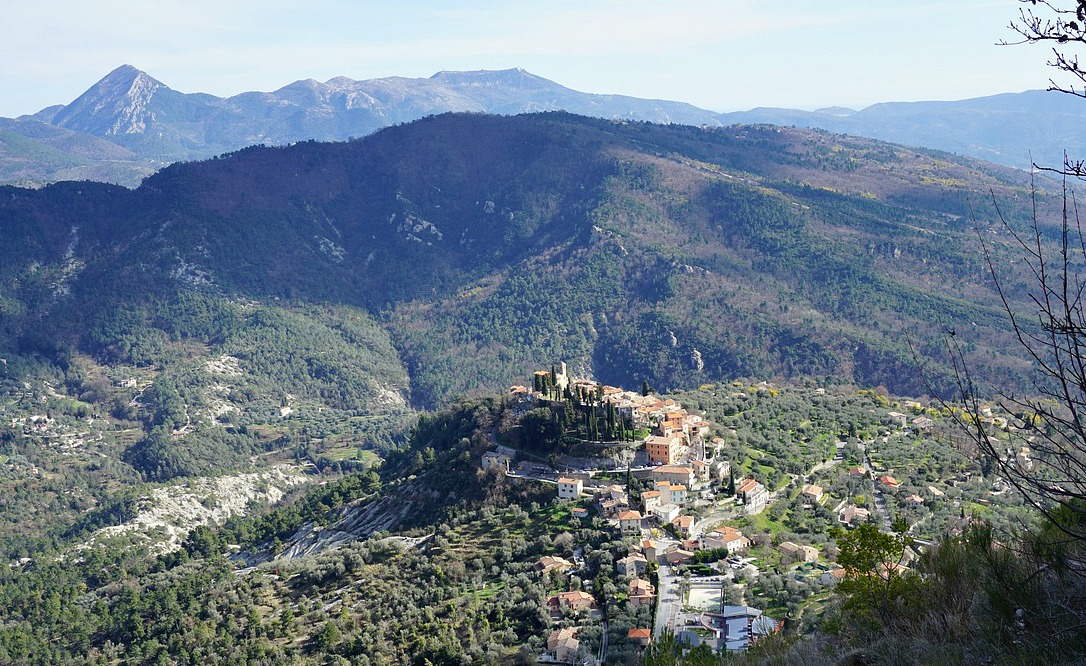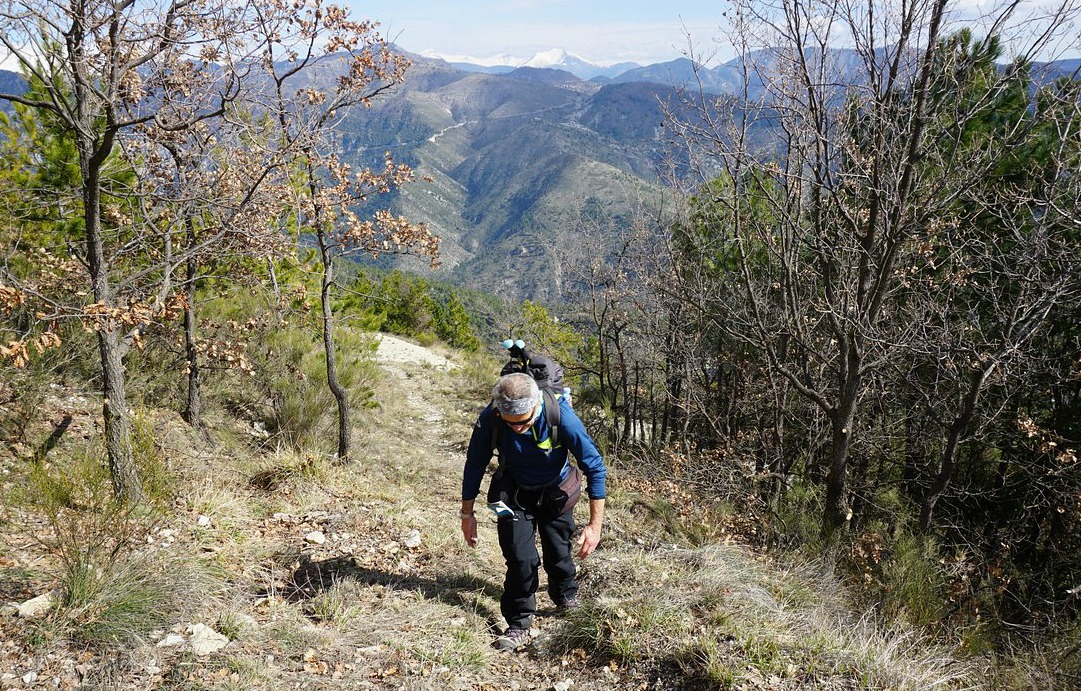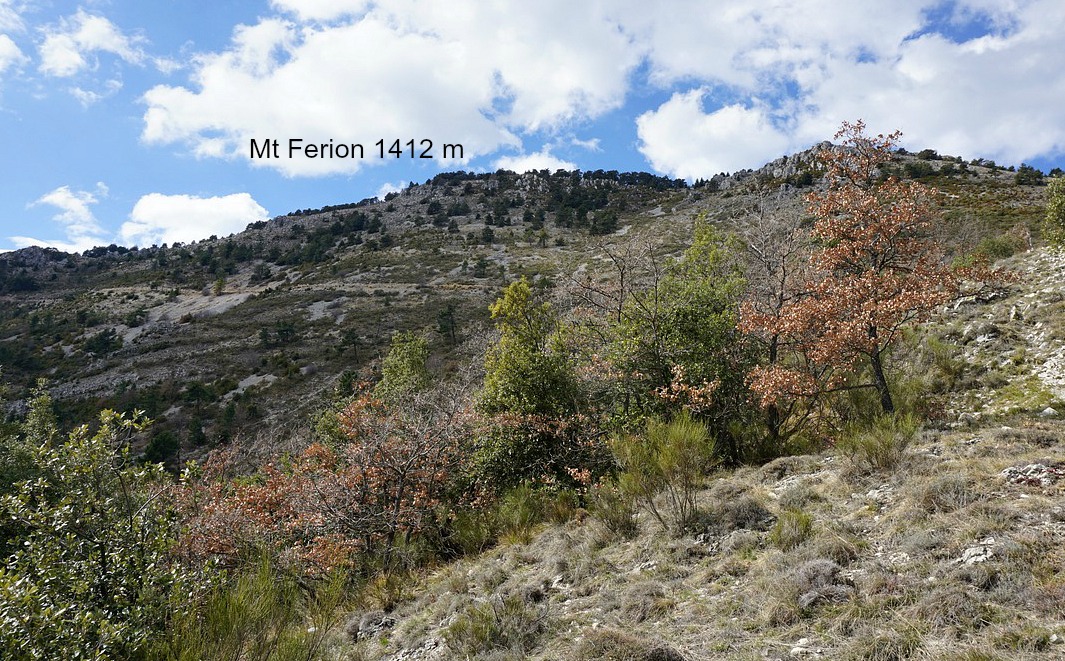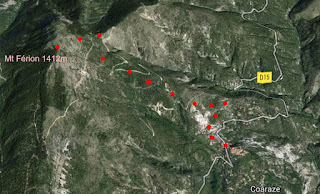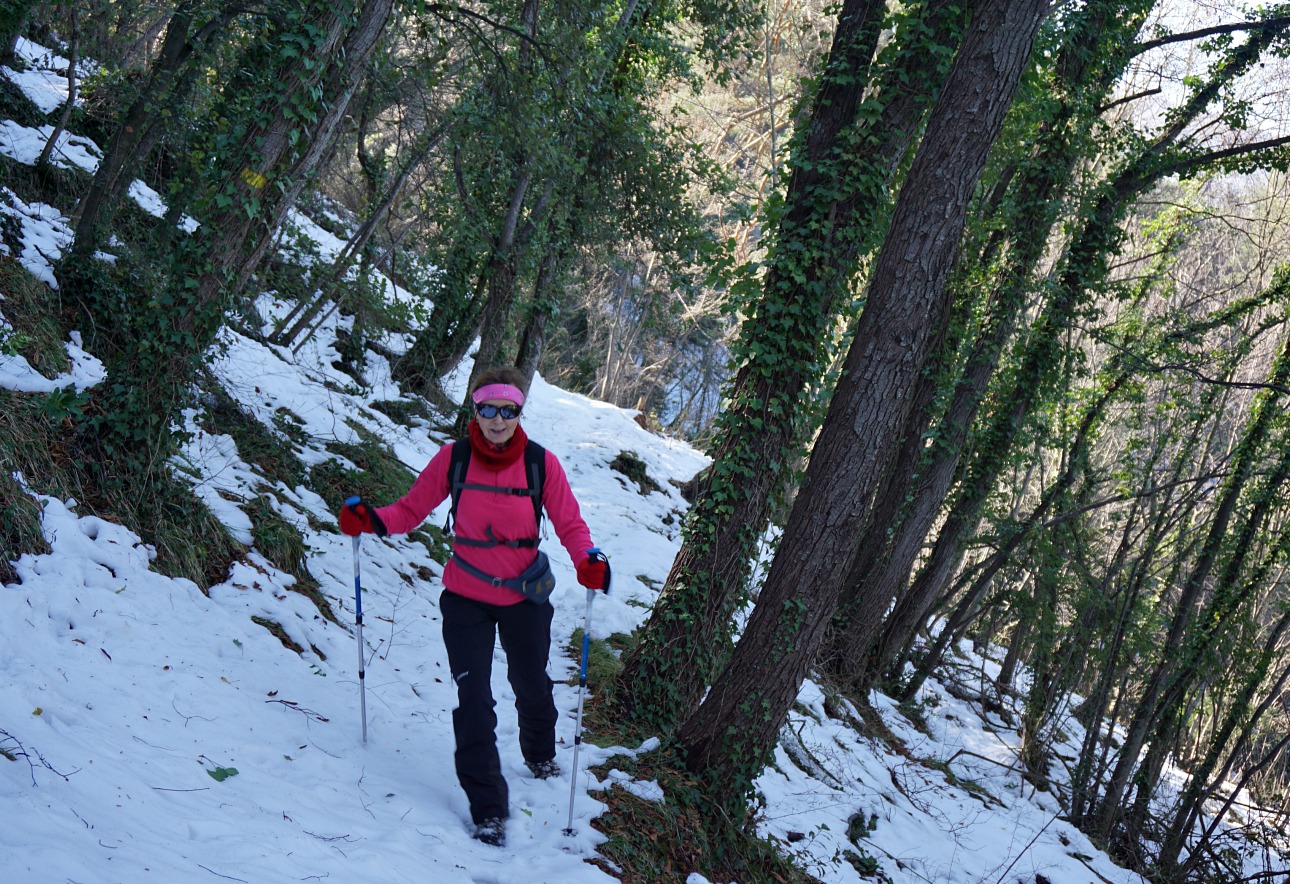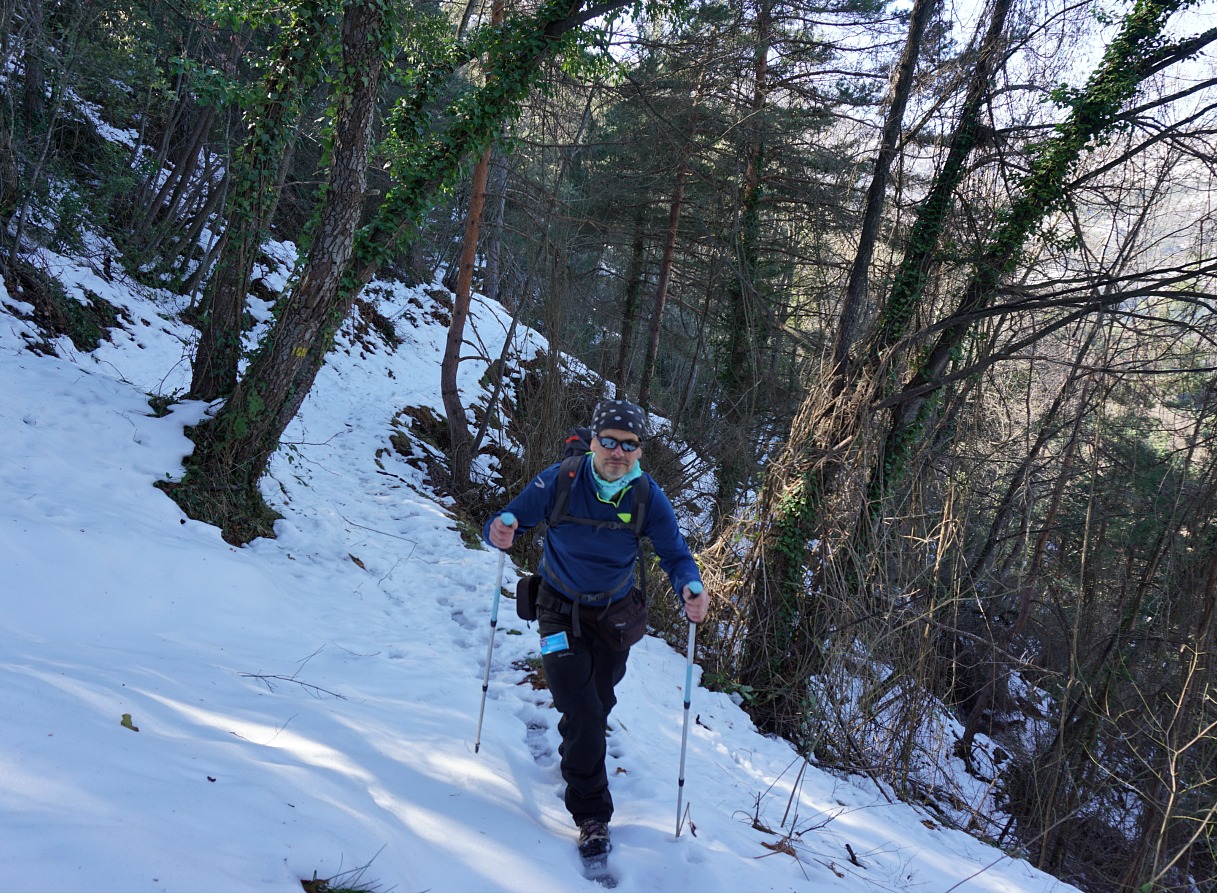Villa Ephrussi de Rothschild Gardens

The Villa Ephrussi de Rothschild was built in 1912 for Baroness Ephrussi-Rothschild who had unlimited wealth and refined tastes. To make the gardens in front of the villa the baroness had a small hill removed and then had tons of earth brought back for the gardens.
We visited the gardens on a quiet Tuesday in early May after the roses were celebrated during the weekend with La Fête des Roses et des Plantes. In May all the gardens were in season.
There are nine gardens with a different theme reflecting the baroness’s travels around the world.
The Spanish and Florentine Gardens in the beginning of the itinerary were truly impressive. The beautiful Japanese Garden was recently renovated by Japanese gardeners.
But I think that the Rose Garden at the farthest end of the area was the most beautiful part of all, especially in May when the roses have their peak flowering season.
There were stunning views towards the Villefranche Bay and towards Beaulieu and the Mediterranean Sea on the other side of the St-Jean-Cap-Ferrat peninsula. After admiring the roses, we wandered to the Exotic Garden with its magnificent cactuses.
The garden tour ended in the French Garden in front of the villa. After waiting a few minutes, we could enjoy musical fountain show.
We had lunch on the terrace of the villa. The plat du jour was a tasty chicken breast served on a bed of ratatouille. It was decorated with an edible flower to continue the garden theme.
After lunch we visited the incredible villa and watched a short film about the building of this marvelous site in the Belle Epoque.



